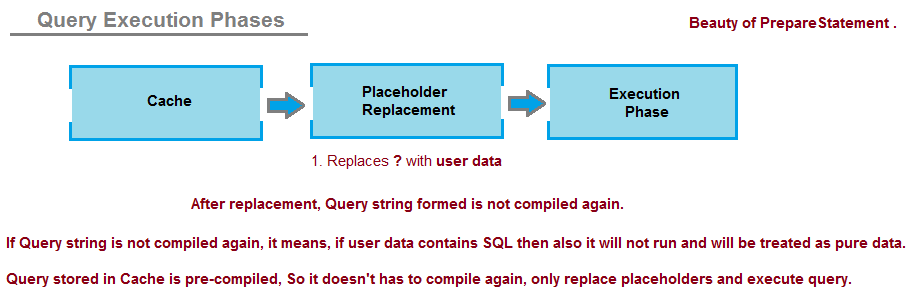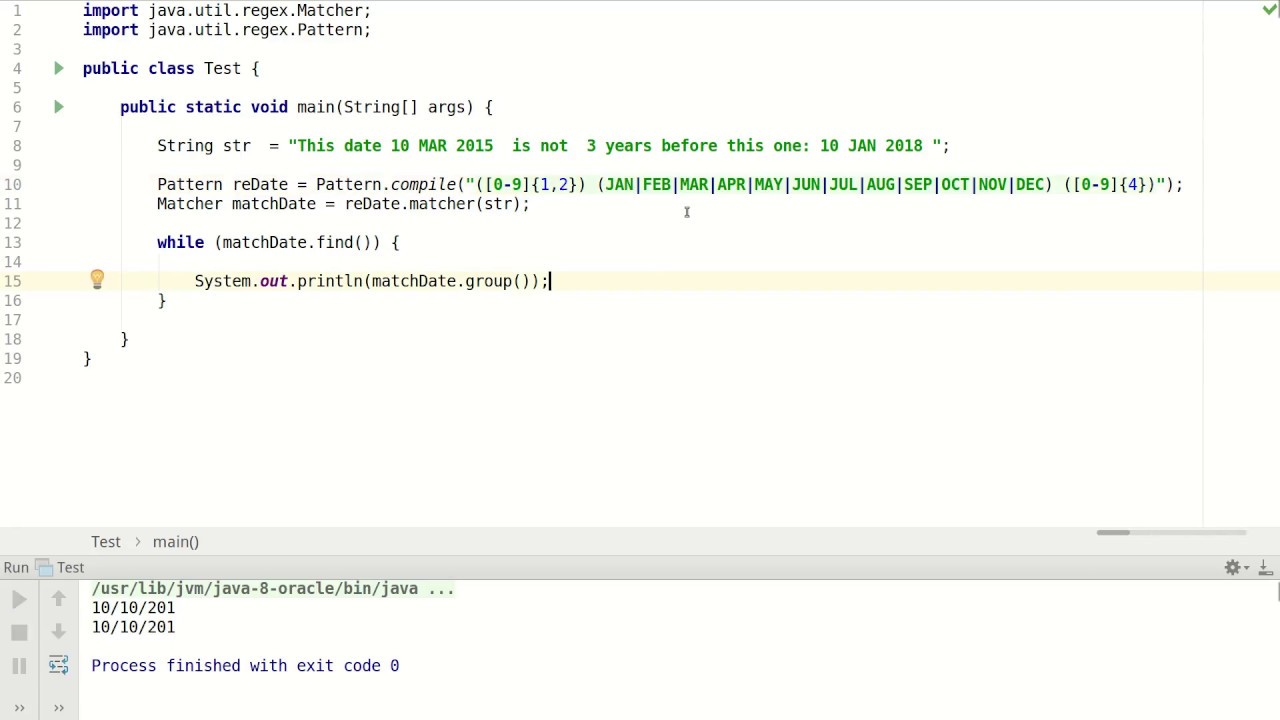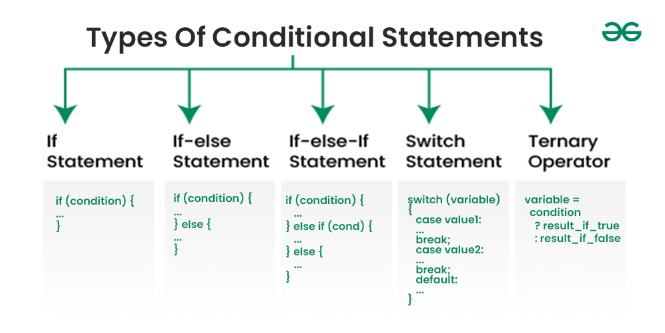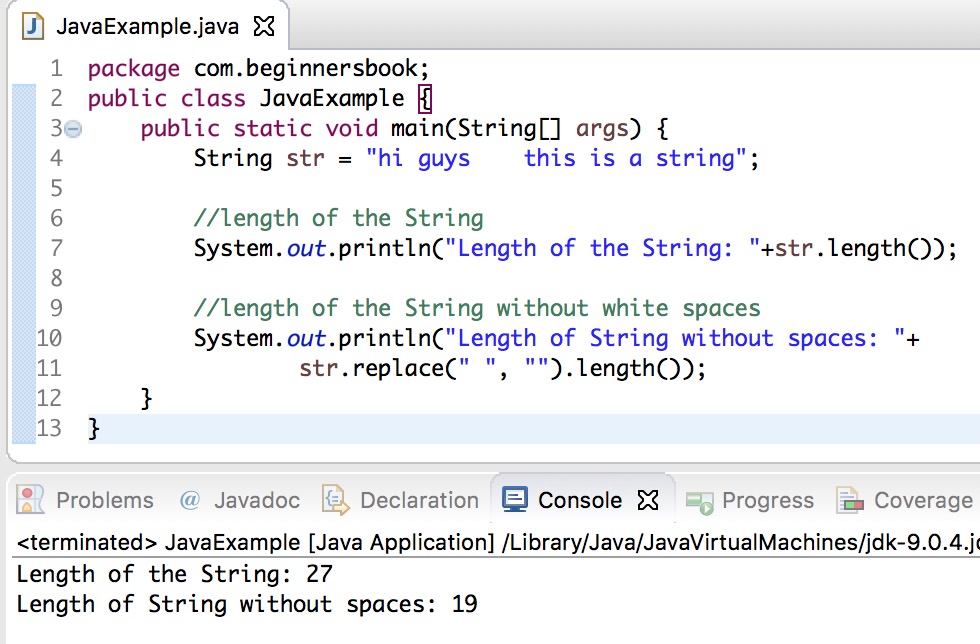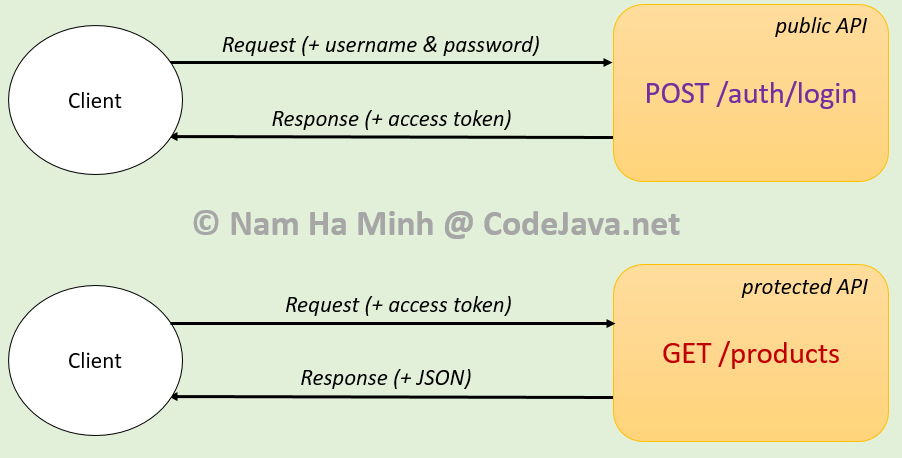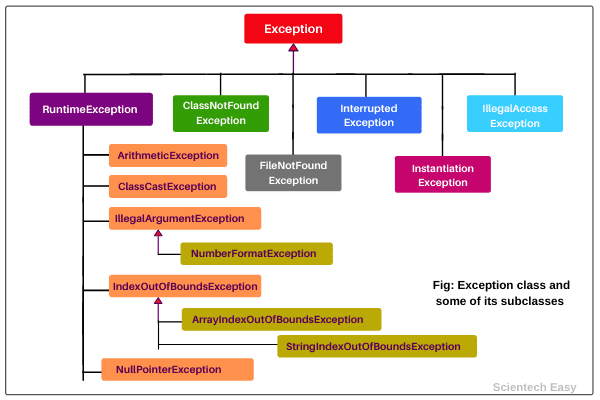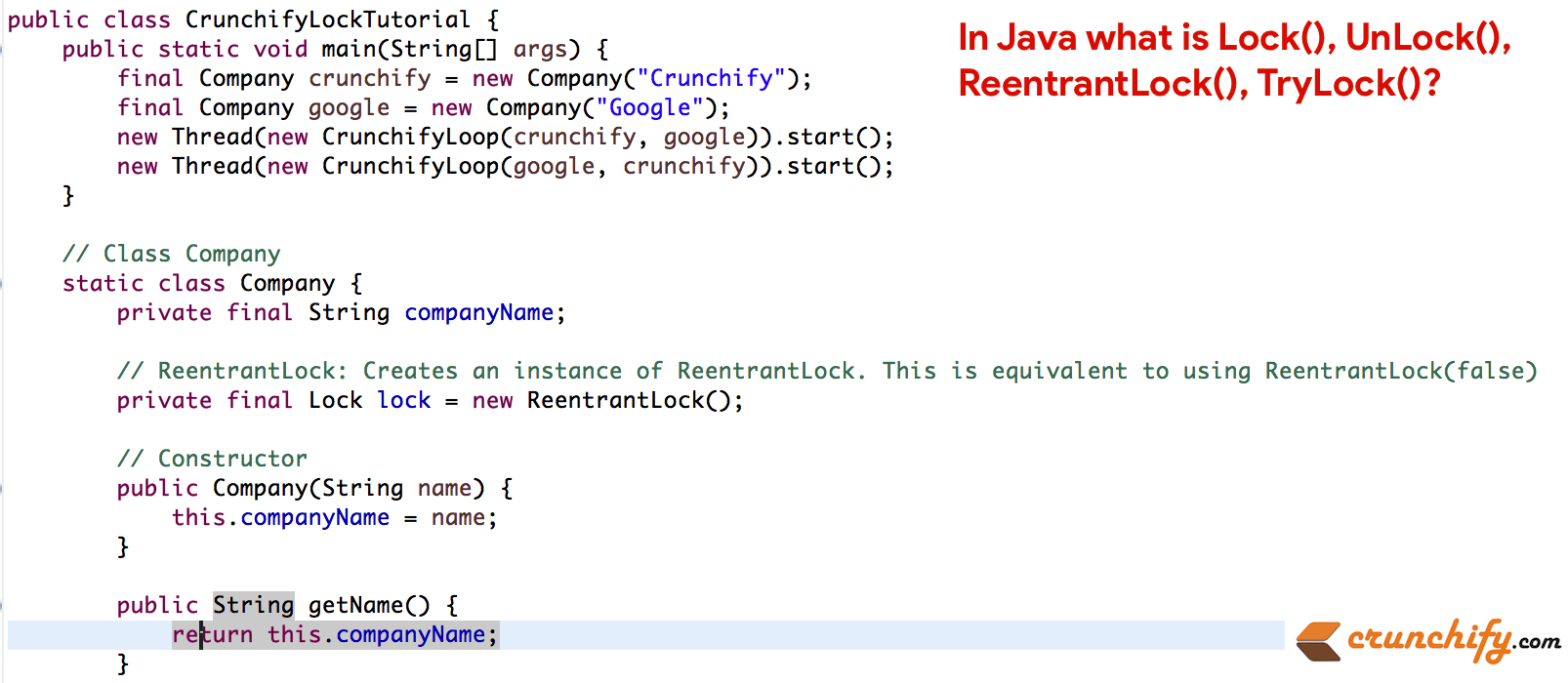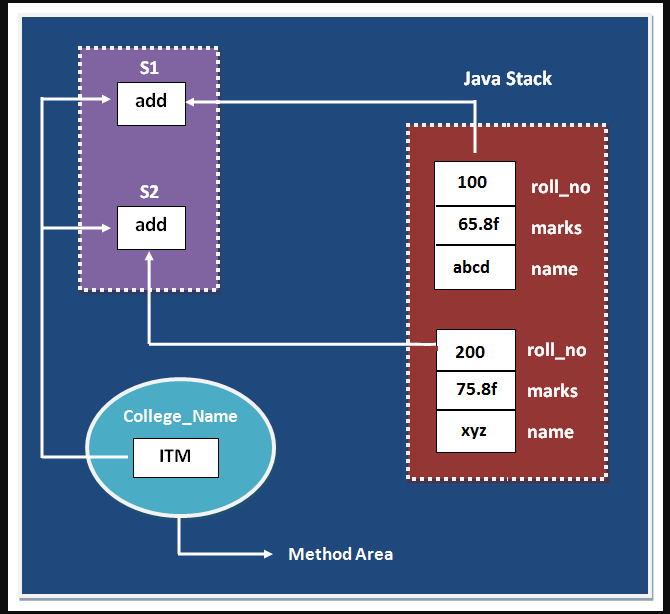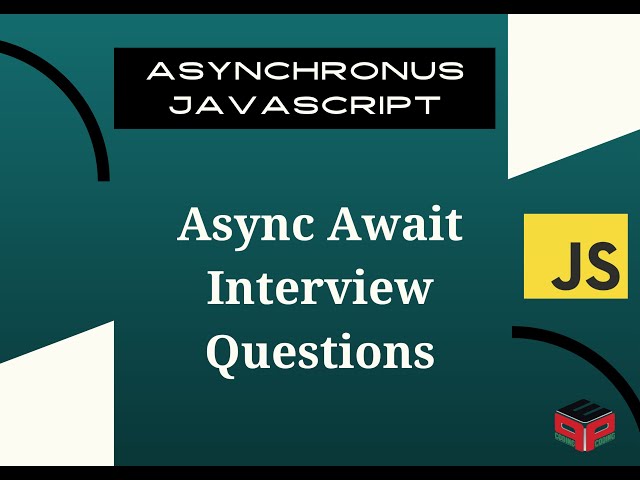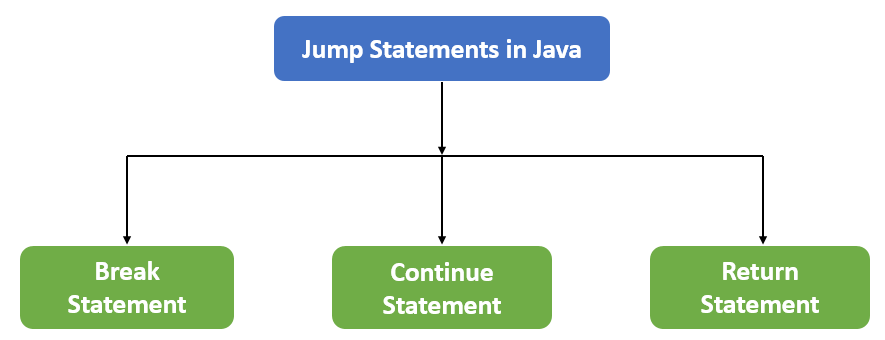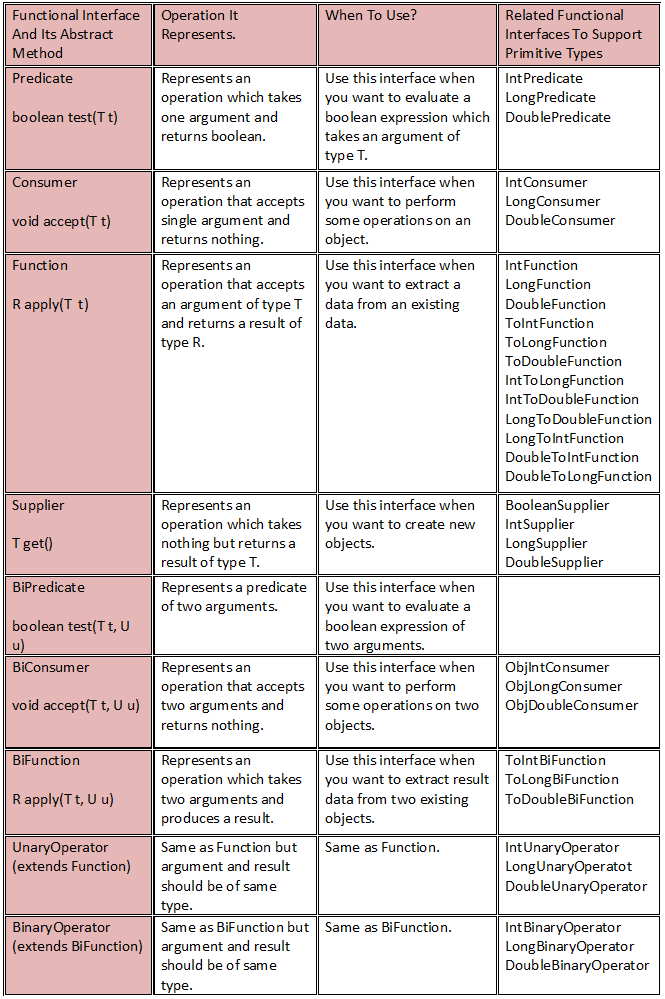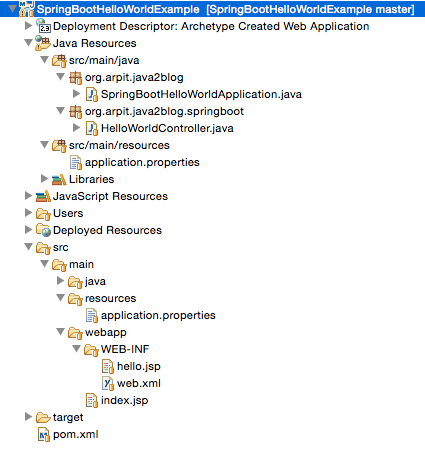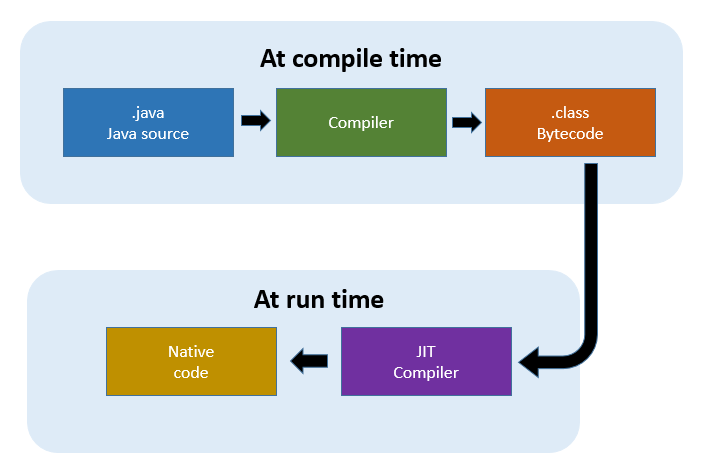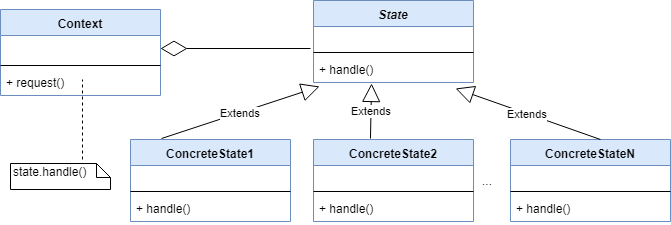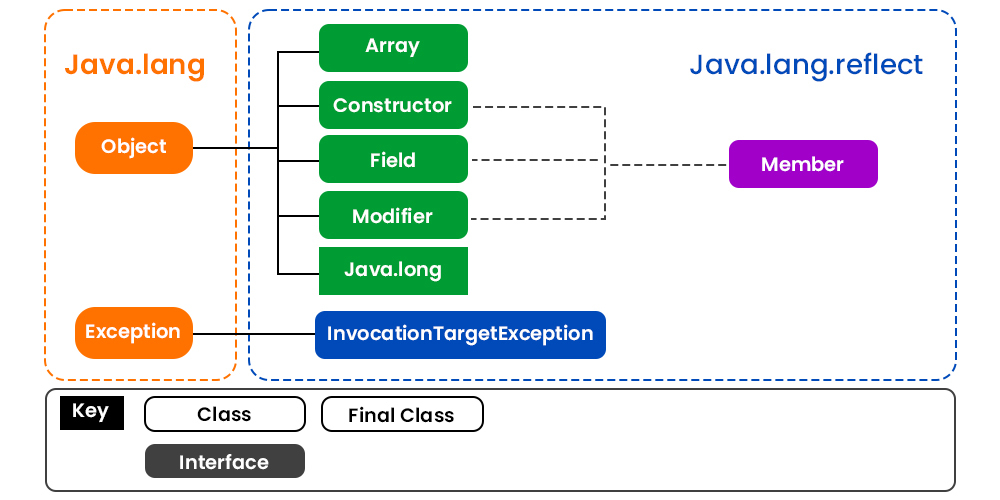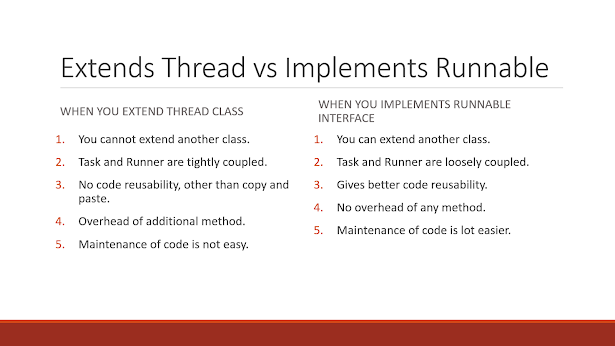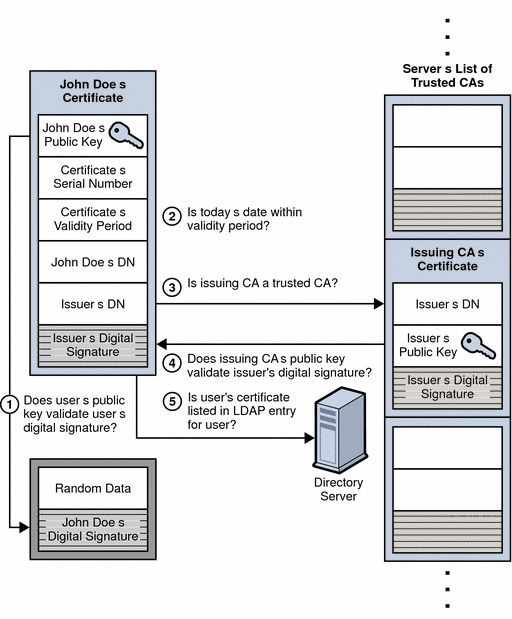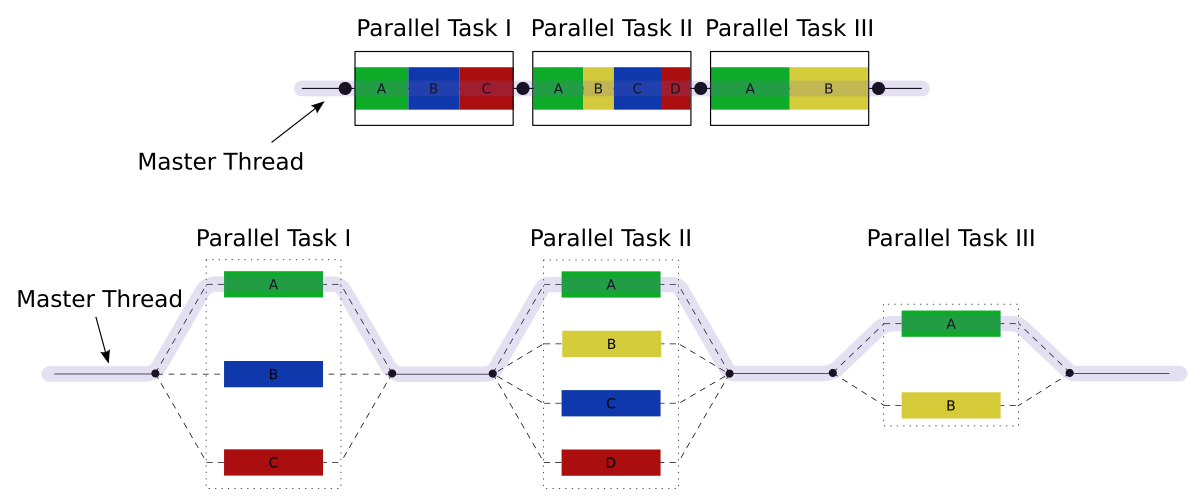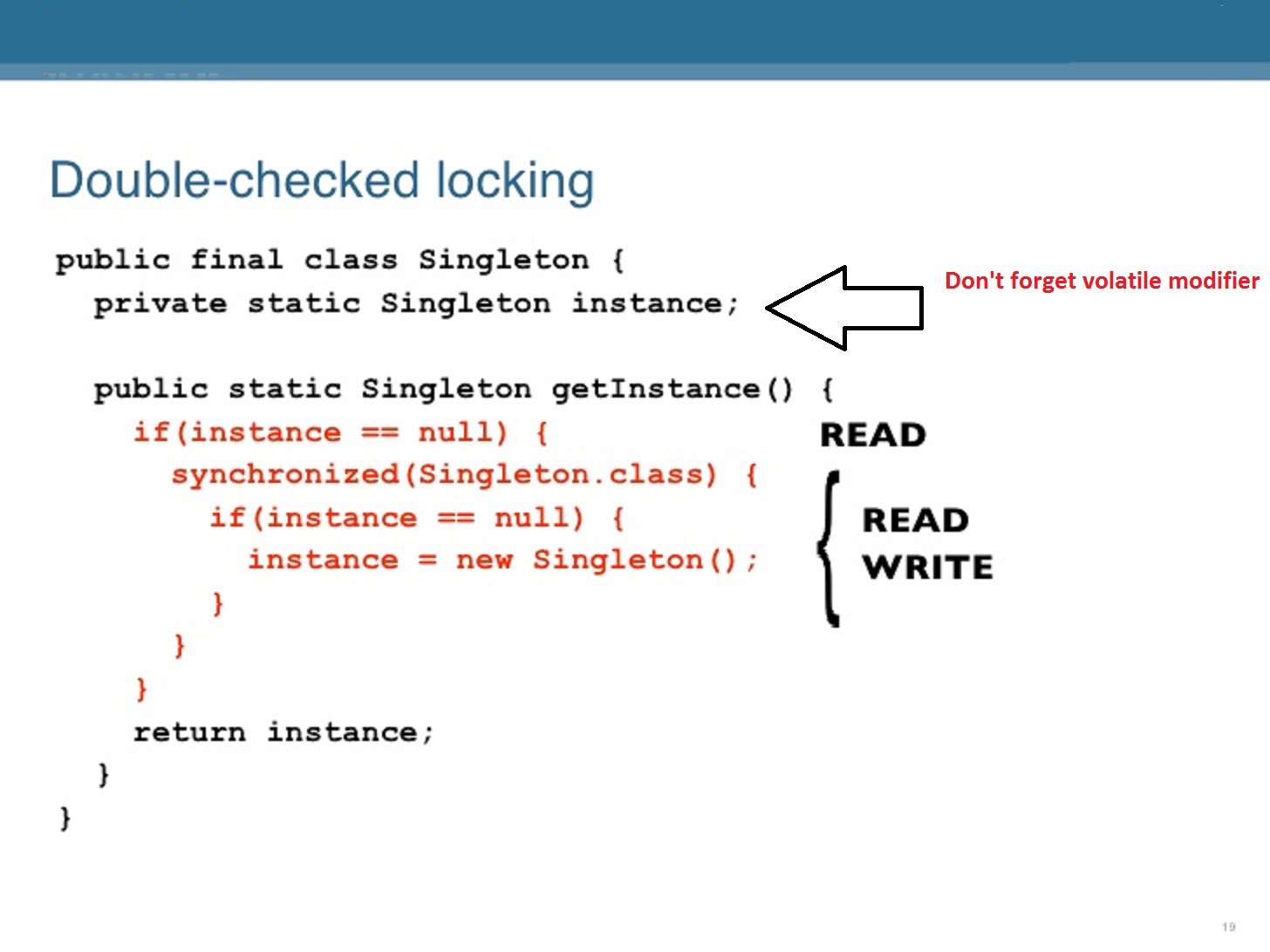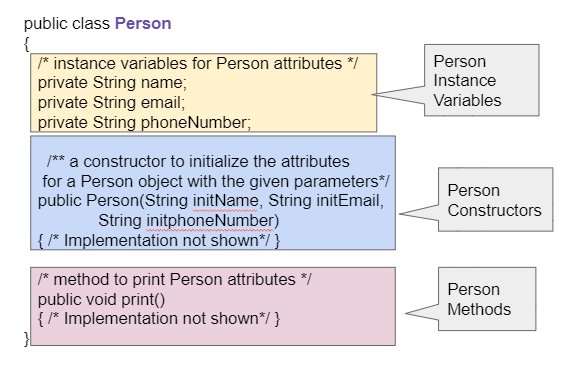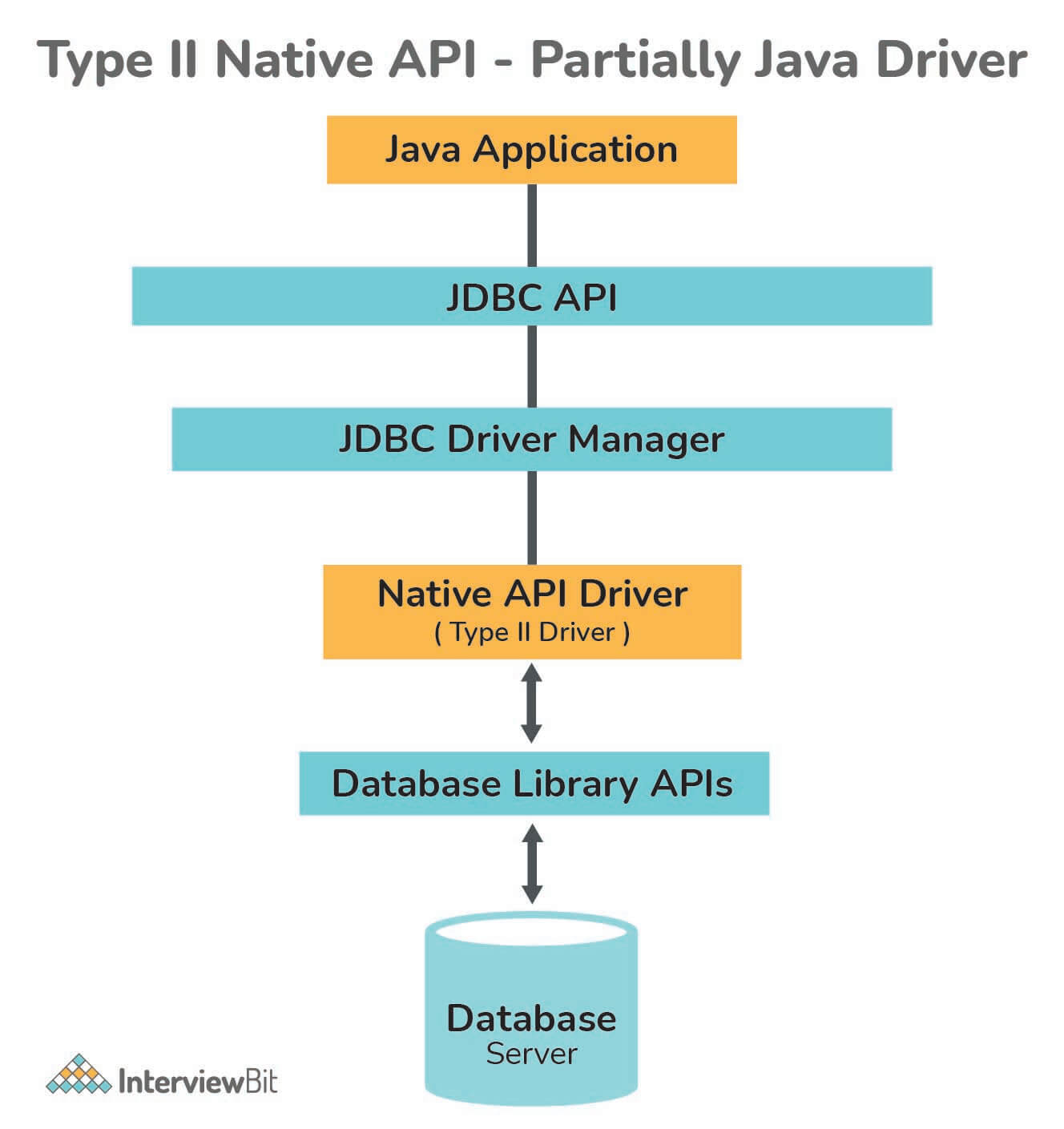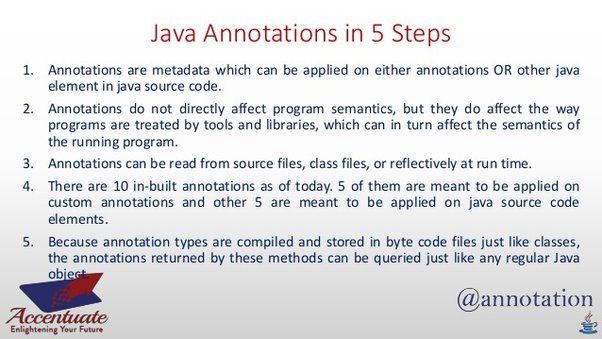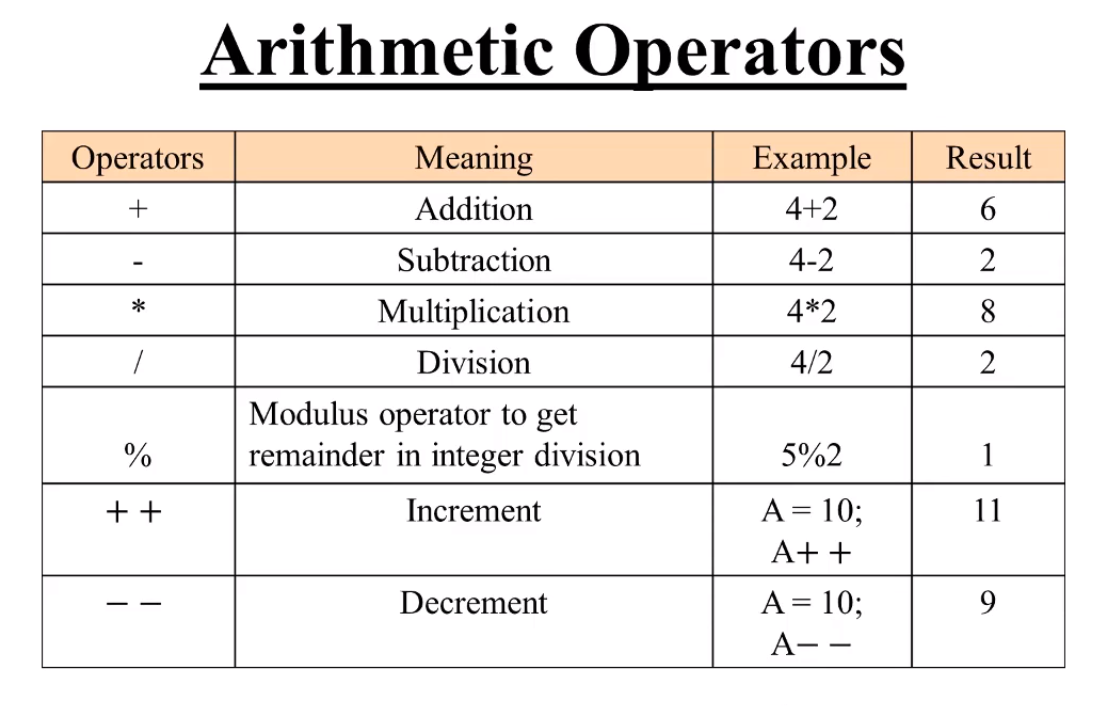What is a WebSocket in Java?
What is a WebSocket in Java?
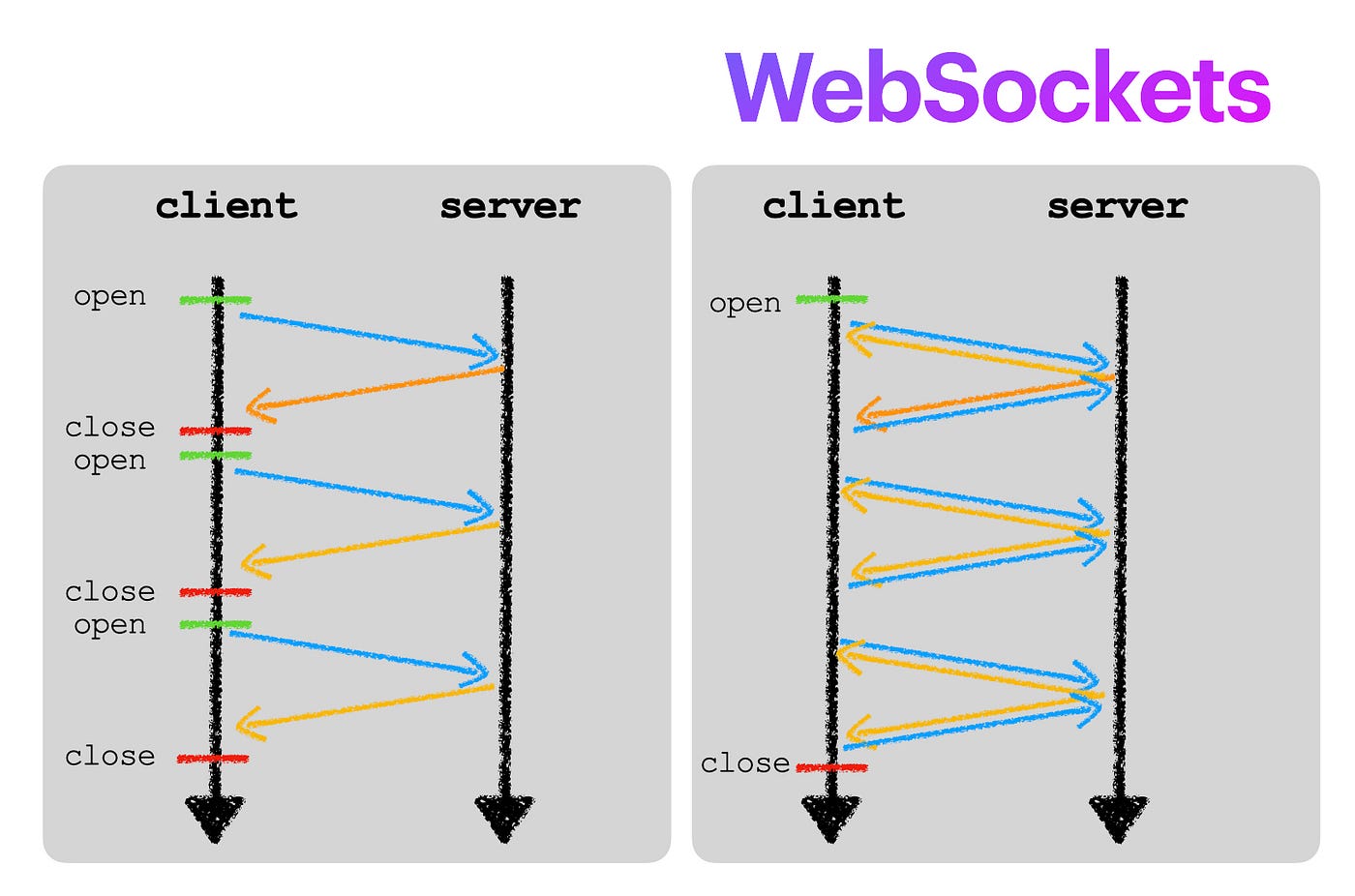
A WebSocket in Java is a protocol that provides bidirectional communication between a client and a server over the web. It allows for real-time, bi-directional communication, allowing data to be sent and received simultaneously.
In traditional HTTP requests, a client sends a request to a server, which then responds with a response. This process can lead to latency and inefficiency in certain applications. WebSockets were designed to address these limitations by establishing a persistent, low-latency connection between the client and server.
In Java, WebSocket support is available through the Java API for WebSocket (JSR-356). This allows developers to create WebSocket-enabled servers that can communicate with clients using the WebSocket protocol.
Here's an example of how you might use WebSockets in Java:
import javax.websocket.*;import java.io.IOException;
@ServerEndpoint("/websocket")
public class WebSocketServer {
@OnOpen
public void onOpen(Session session) {
System.out.println("Client connected: " + session);
}
@OnMessage
public void onMessage(String message, Session session) throws IOException {
System.out.println("Received message from client: " + message);
// Process the message and send a response back to the client
session.getBasicRemote().sendText("Server received your message!");
}
@OnError
public void onError(Session session, Throwable throwable) {
System.out.println("Error occurred: " + throwable);
}
@OnClose
public void onClose(Session session) {
System.out.println("Client disconnected: " + session);
}
}
In this example, the WebSocketServer class handles incoming WebSocket connections and messages. When a client connects, the onOpen method is called. When a message is received from the client, the onMessage method is called to process the message and send a response back.
WebSockets can be used in various applications such as:
Real-time updates: WebSockets allow for real-time communication between the server and clients, making it ideal for applications that require instant updates. Gaming: WebSockets enable bi-directional communication, making them suitable for real-time gaming applications. Chat rooms: WebSocket technology makes it easier to create chat rooms where multiple users can communicate in real-time. Live updating: WebSockets can be used to update data in a web page without requiring a full-page reload.Overall, WebSockets provide a powerful and efficient way for Java applications to communicate with each other in real-time, making them a valuable addition to the Java ecosystem.
In conclusion, WebSocket is a protocol that provides bidirectional communication between a client and server over the web. In Java, WebSocket support is available through the Java API for WebSocket (JSR-356) and can be used in various applications that require real-time updates or instant messaging.
java websocket server example

Here is a Java WebSocket server example:
WebSocket Server
In this example, we'll create a simple WebSocket server using the Jetty framework and the Java API for WebSocket (JSR-356) specification.
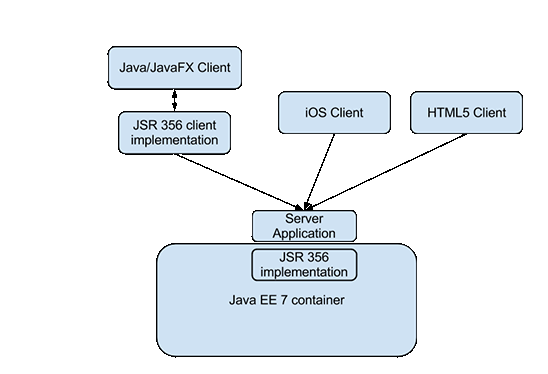
First, let's add the necessary dependencies to our project:
org.eclipse.jetty.websocket
jetty-websocket
9.4.12.v20191105
Next, create a new Java class to serve as our WebSocket server:
import org.eclipse.jetty.websocket.WebSocket;import org.eclipse.jetty.websocket.WebSocketAdapter;
import org.eclipse.jetty.websocket.server.ServerUpgradeRequest;
import org.eclipse.jetty.websocket.server.ServerUpgradeResponse;
public class WebSocketServer {
public static void main(String[] args) throws Exception {
// Create a new Jetty server
jetty.Server server = new Server(8080);
// Add the WebSocket handler to the server
server.setHandler(new WebSocketHandler());
// Start the server
server.start();
}
}
class WebSocketHandler extends WebSocketAdapter {
@Override
public void onWebSocketConnect(HttpServletRequest request, WebSocketSession session) {
System.out.println("Connected: " + request.getRemoteAddr());
}
@Override
public void onWebSocketTextMessage(WebSocketSession session, TextMessage message) {
System.out.println("Received message: " + message.getBuffer().toString());
}
@Override
public void onWebSocketClose(int code, String reason) {
System.out.println("Disconnected");
}
}
class WebSocketSession implements WebSocketSession {
private final PrintWriter output;
public WebSocketSession(Writer writer) {
this.output = new PrintWriter(writer);
}
public PrintWriter getOutput() {
return output;
}
}
WebSocket Client
Now, let's create a simple WebSocket client using JavaScript:
WebSocket Client
WebSocket ClientConnect
Disconnect
How it works
The client (JavaScript) establishes a connection to the WebSocket server using theWebSocket object. The server (Java) listens for incoming connections and handles them using the WebSocketAdapter. When the client sends a message, the server receives it and prints it to the console. When the client disconnects, the server prints a message indicating that the connection has been closed.
Running the example
To run this example, you'll need to:
Create a new Java project with the necessary dependencies (see above). Compile and run theWebSocketServer class to start the server. Open a web browser and navigate to the index.html file in the client directory. Click the "Connect" button to establish a connection to the WebSocket server. Type messages in the input field and click the "Send" button to send them to the server.
Note that this is just a basic example, and you'll likely want to add additional features such as error handling, security measures, and more robust messaging capabilities.

